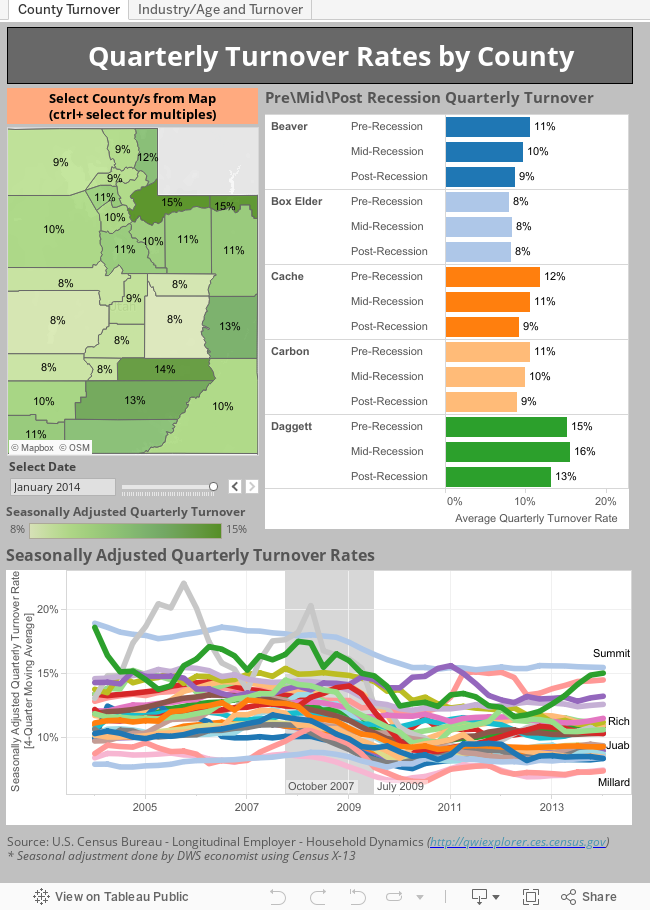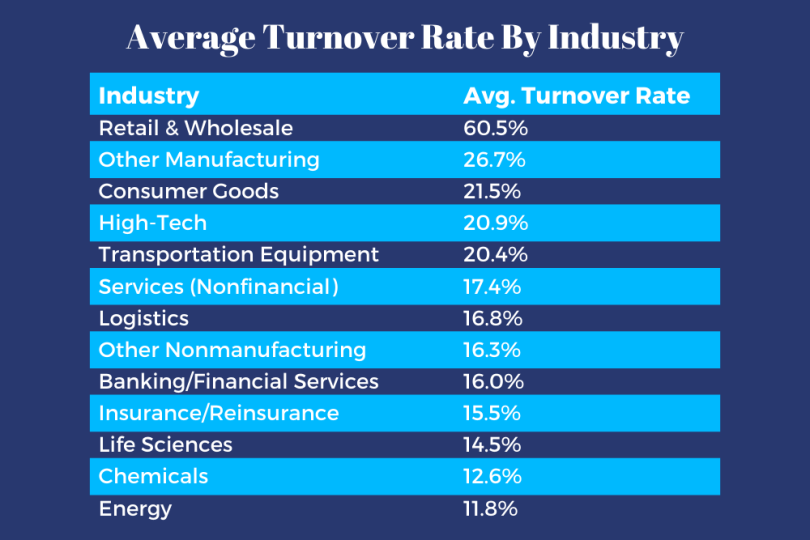
With turnover much higher than normal, it can be a struggle to hire and keep great employees. Retail trade saw higher turnover in their organizations by the end of 2022 ( BLS) NOTE : At the time of this article, 2022 data had not yet been released by the Bureau of Labor Statistics.

However, if your organization’s turnover is at, or near, these levels, you may have some work to do. That sounds terrifyingly high-but consider that this employee retention metric from the Bureau of Labor Statistics includes all industries throughout the country and is not adjusted for seasonal employees. The total separation rate in 2021 was 47.2% ( BLS) If you’re seeing high employee turnover rates as an established business it’s time to look internally, perhaps at your employee management process.Ĥ. Voluntary turnover is often higher in smaller and newer companies, as they grow fast and work to find the right culture. This might seem high, but consider that this number includes every industry, as well as both voluntary and involuntary turnover. 93% of companies are concerned about employee retention ( LinkedIn) This increase is a result, at least in part, of employee expectations that changed during the pandemic, including the availability of remote or hybrid work arrangements.

According to Gartner, for the foreseeable future, companies should expect their turnover rates to increase by about 4%. Voluntary turnover could reach 24% or more in the coming years ( Gartner)īefore COVID-19, companies saw voluntary turnover rates of about 20%. Men have slightly higher average tenure than women (4.3 years vs 3.8 years), and tenure can vary widely by industry, primarily due to the average age of the workforce within that industry.

Employee Tenure Averages 4.1 Years ( BLS)Īverage employee tenure has dropped a bit in the past decade (from 4.6 years in 2012 to 4.1 years in 2022).



 0 kommentar(er)
0 kommentar(er)
